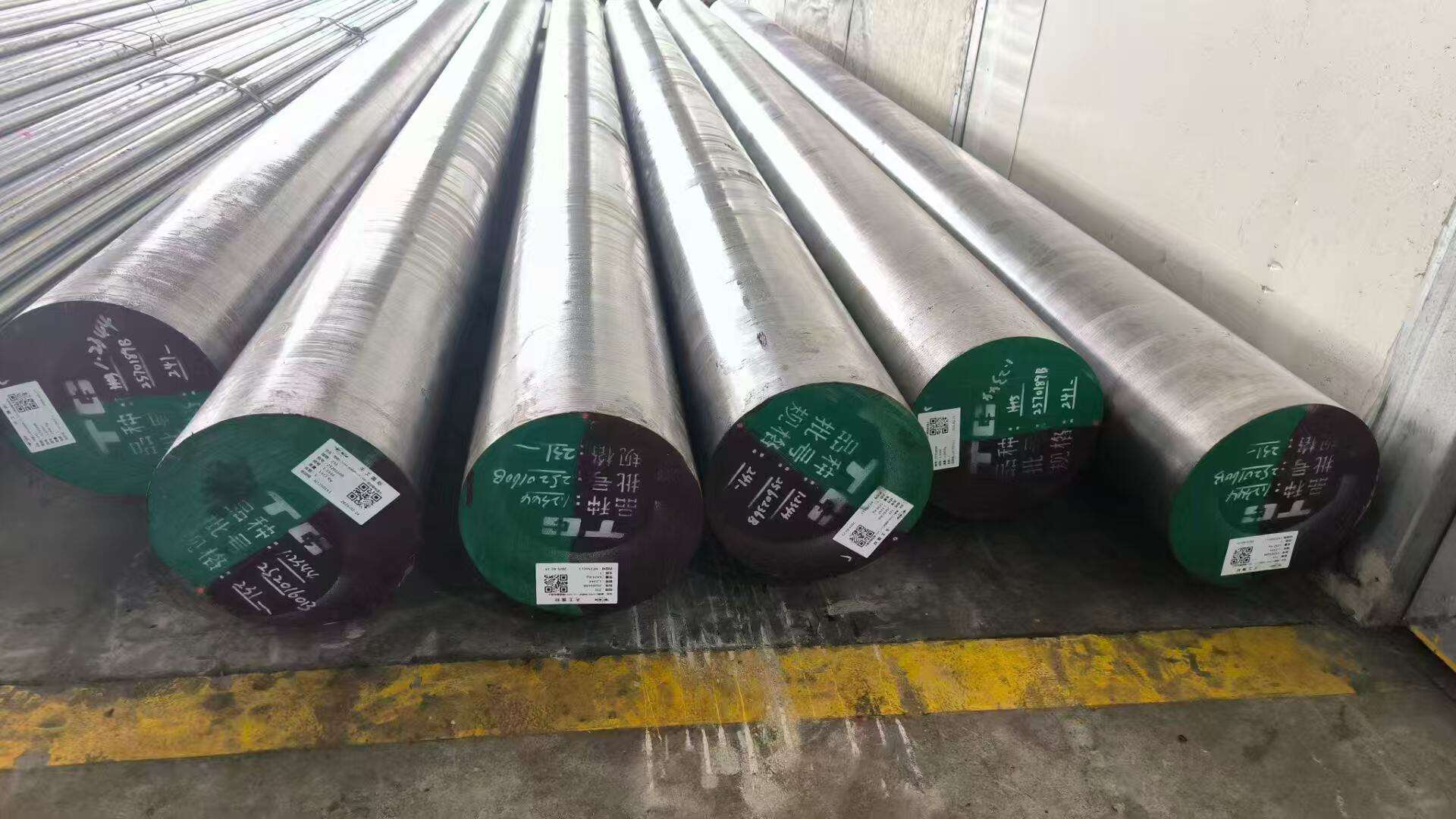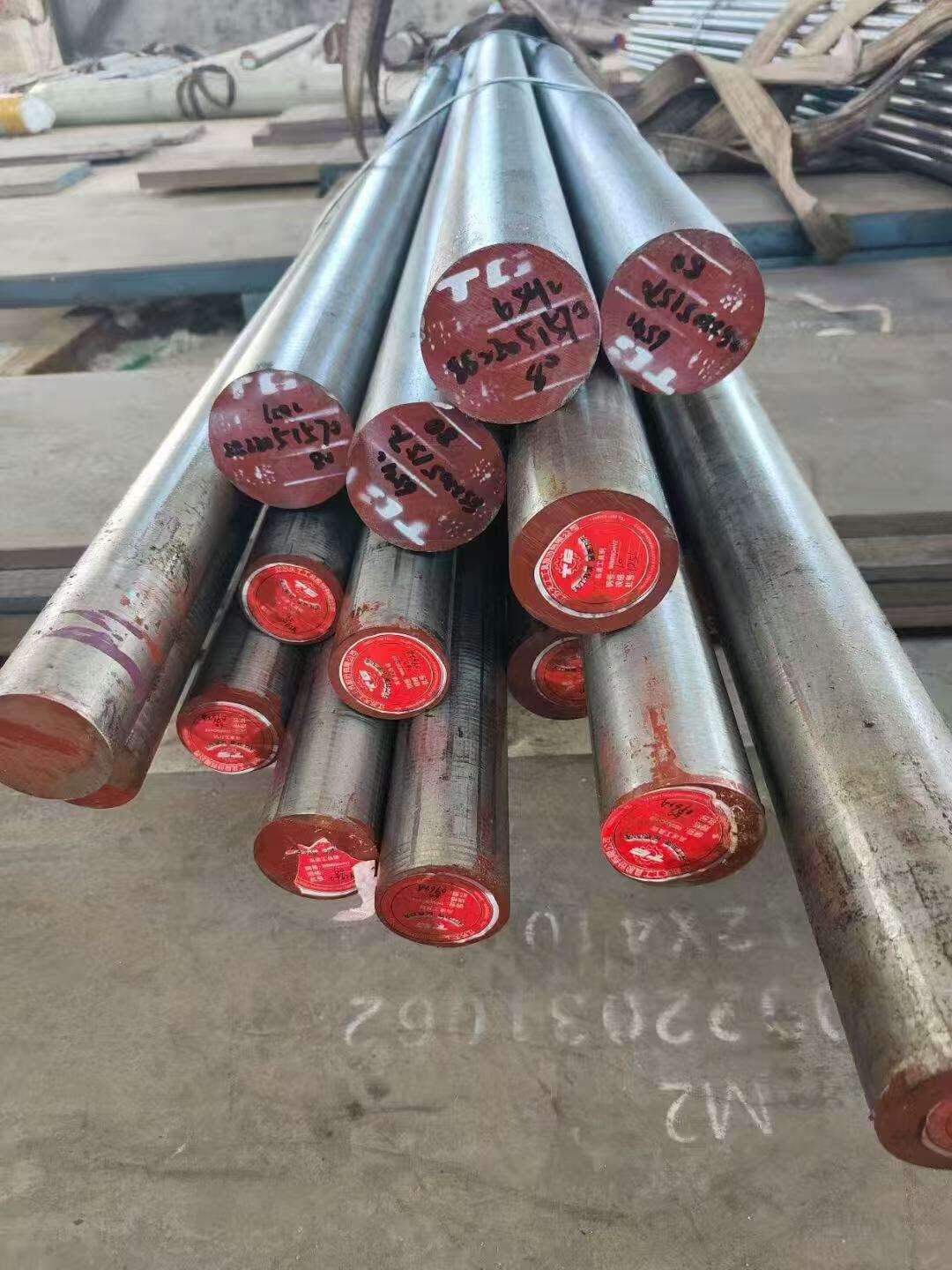01 tool steel
O1 tool steel is a versatile cold work oil hardening steel that offers an exceptional combination of wear resistance and dimensional stability. This medium-alloy steel contains approximately 0.85-1% carbon, 1.00-1.60% manganese, and smaller amounts of chromium, tungsten, and vanadium. The material exhibits remarkable machinability in its annealed state and undergoes minimal dimensional changes during heat treatment, making it highly reliable for precision tooling applications. When properly heat treated, O1 tool steel achieves hardness levels between 57-62 HRC, providing excellent wear resistance while maintaining good toughness. The steel's balanced composition allows for consistent performance in various applications, including cutting tools, forming dies, and precision measuring instruments. Its predictable heat treatment response and excellent size stability make it particularly valuable for applications requiring tight tolerances. The material's versatility is further enhanced by its ability to be either oil-quenched or air-cooled, offering flexibility in heat treatment processes while maintaining its core properties.


